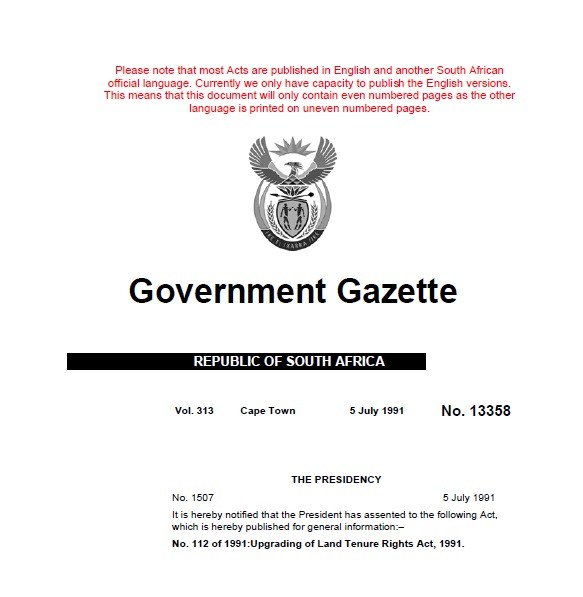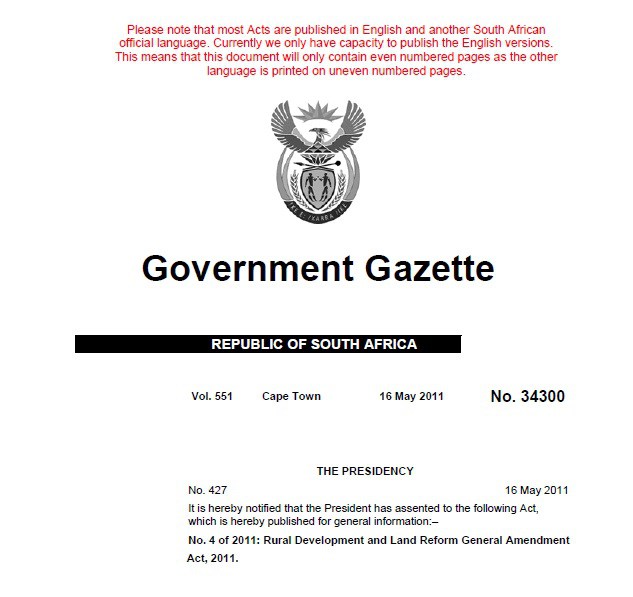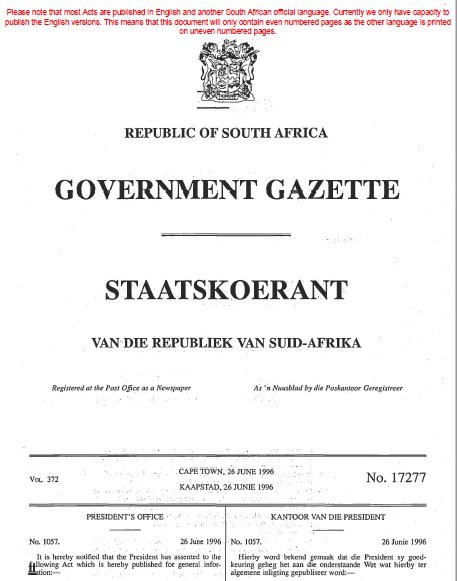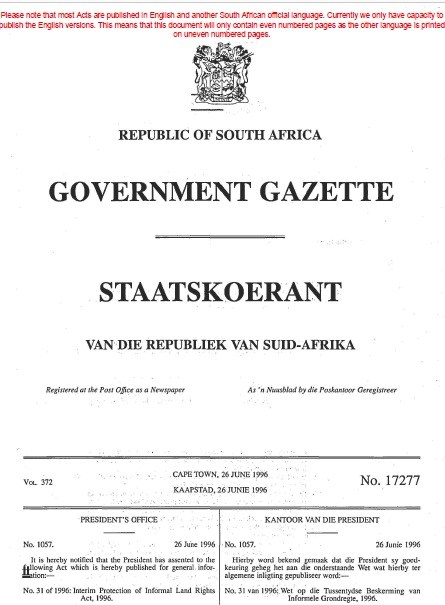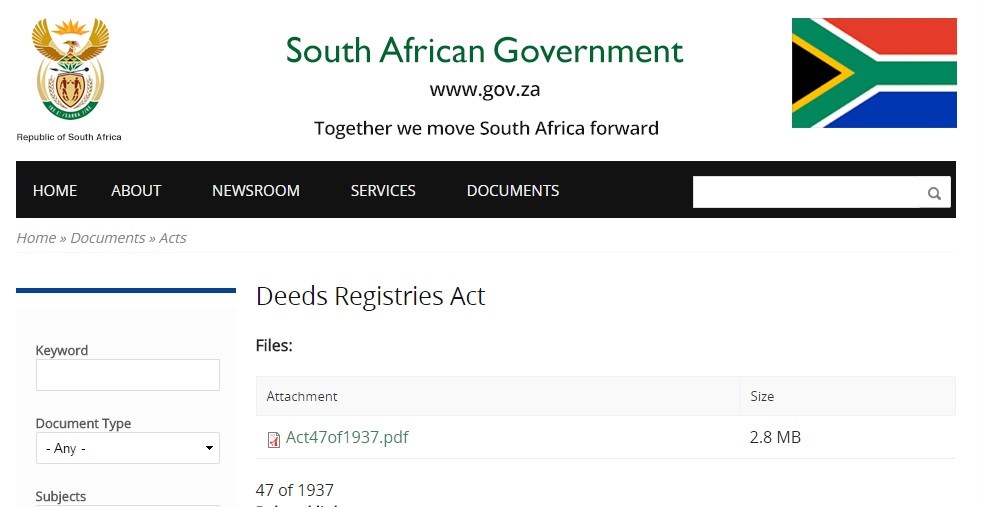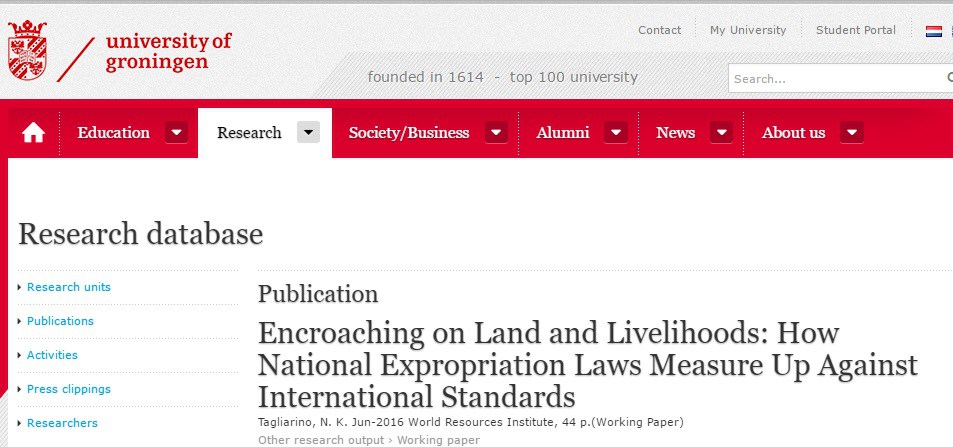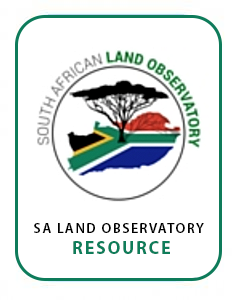Migrant Domestic Workers: From Burma to Thailand (short version)
Abstract:
Millions of people from Burma have migrated into neighboring countries over the past decade.
Most have left their country in search of security and safety as a direct result of internal conflict
and militarization, severe economic hardship and minority persecution. This exodus represents
one of the largest migration flows in Southeast Asia.
Fearing persecution, the vast majority of those migrating from Burma find themselves desperate
to survive, obtaining work in underground and, often, illegal labor markets. The majority of those


